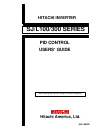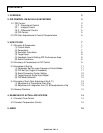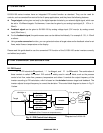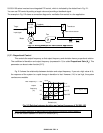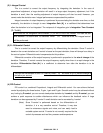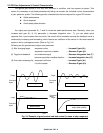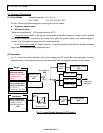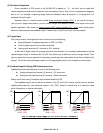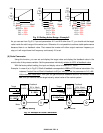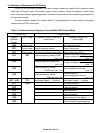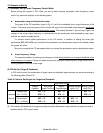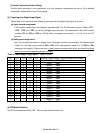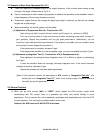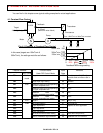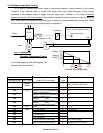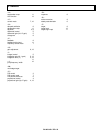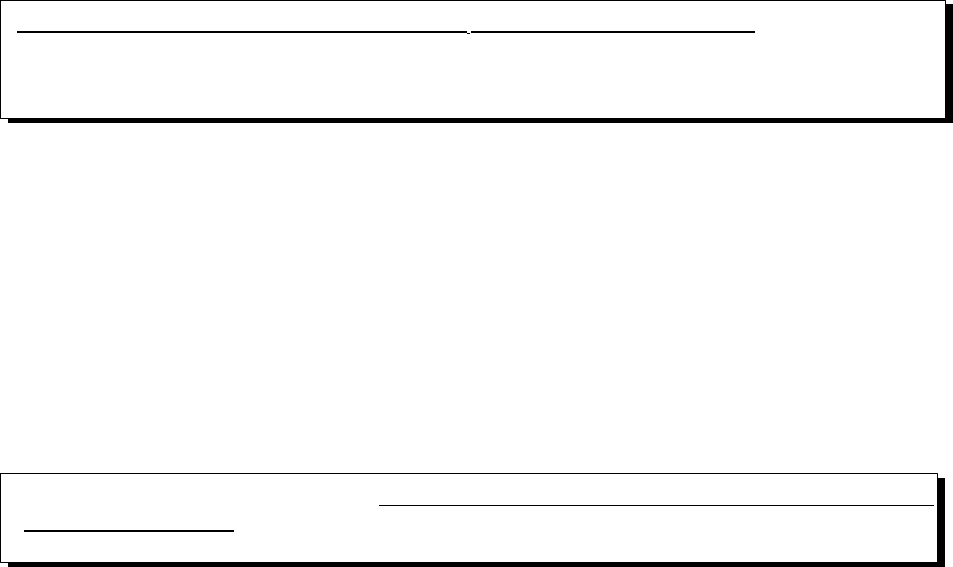
SJ100/L100 / PID / 5
(2) I: Integral Control
This is a control to correct the output frequency by integrating the deviation. In the case of
proportional adjustment, a large deviation will result in a large output frequency adjustment, but if the
deviation is small, then the resulting adjustment of output frequency will also be small. However, you
cannot make the deviation zero. Integral performance compensates this problem.
Integral correction of output frequency is performed by accumulating the deviation over time, so that
eventually, the deviation is brought to zero. Integration Gain (K
i
) is a coefficient that determines how
often the deviation is to be integrated. The reciprocal of integration gain is Integration Time Constant
(T
i
: T
i
=1/K
i
).
(3) D : Differential Control
This is a control to correct the output frequency by differentiating the deviation. Since P control is
based on the current deviation and I control is based on the past deviation, there will always be a delay in
the control system. Differential control compensates for this problem.
Differential correction of the output frequency is performed in proportion to the rate of change of the
deviation. Therefore, D control corrects the output frequency rapidly when there is a rapid change in the
deviation. Differentiation Gain (K
d
) is a coefficient to determine how often the deviation is to be
differentiated.
(4) PID Control
PID control is a combined Proportional, Integral and Differential control. You can achieve the best
control by adjusting the three factors, P-gain, I-gain and D-gain. Smooth control may be achieved without
any hunting by P-control; you can correct steady-state deviation by I-control; and by D-control, you can
achieve a quick response to sudden disturbances which can influence the feedback value. A large
deviation can be suppressed by P-control. A small deviation can be corrected by I-control.
(Note) Since D-control is performed based on the differentiation of
deviation, it is a very sensitive control. Therefore, it may also
react to extraneous signals and noise, and can easily lead to
unstable system control. D-control is not normally required for the
control of processes such as flow, pressure and temperature.
You must set the integration time constant (T
i
) on the SJ100/L100 inverter. You can set the
time between 0.5 second and 150 seconds. When “0.0” seconds is set, NO integral control
will be performed.
You can set Kd between 0 and 100. Gain is (Fmax / 10) * set value of [A74] versus change in
deviation per second.



